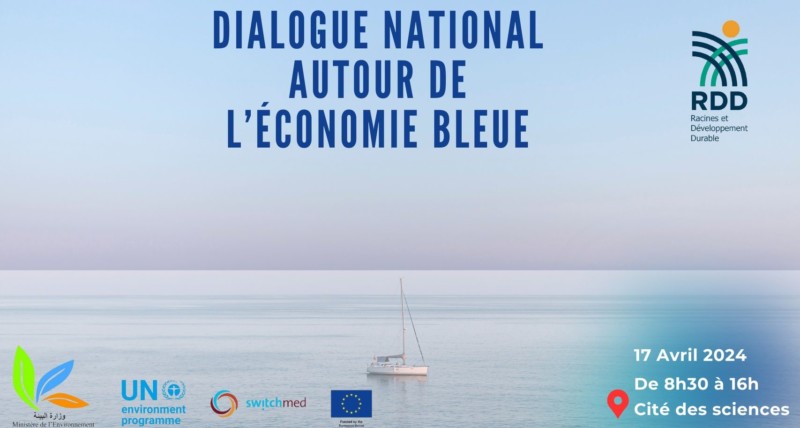Discovered in 2011 by Yale researchers, Pestalotiopsis microspora is a fungus capable of digesting polyurethane plastic—even in the absence of oxygen. This exceptional property makes it a potential ally in the fight against global plastic pollution. A natural and promising path toward a cleaner future.
In 2011, during a scientific expedition in Ecuador’s Amazon rainforest, students from Yale University discovered a rather surprising fungus. Hidden within the tissues of certain plants in the Yasuní National Park, Pestalotiopsis microspora revealed a unique ability: it can break down a very common type of plastic—polyurethane—even in completely oxygen-free conditions.
Although still relatively unknown to the general public, this discovery immediately captured the attention of biologists and environmentalists. Why? Because polyurethane—used in many everyday products such as insulating foams, shoe soles, car parts, mattresses, paints, and adhesives—is a non-biodegradable plastic. It can persist in nature for hundreds of years, especially in landfills, where it accumulates without decomposing. Finding an organism capable of feeding on it could be a game-changer in the battle against plastic pollution.
A Unique Digestive Power
The secret of this fungus lies in its metabolism. Pestalotiopsis microspora produces specific enzymes—particularly a type of hydrolase—that can break the chemical bonds in polyurethane. Once those bonds are severed, the plastic is transformed into simpler molecules that the fungus can absorb as a source of carbon and energy.
Even more impressively, it can do this in anaerobic environments—without oxygen. This makes it especially useful in the deep zones of landfills, industrial sludge, or buried environments, where oxygen is scarce or entirely absent—precisely where plastic waste tends to persist the longest.
For the Yale researchers, this biological capability immediately suggested potential applications in bioremediation. By introducing this type of fungus into polluted environments, it may be possible to accelerate the breakdown of plastics and reduce their impact on soil and groundwater.
But this Amazonian fungus is not an isolated case. Other fungal species have also shown plastic-degrading abilities. Aspergillus tubingensis, for instance, has been shown to break down polyester in just a few weeks. Oyster mushrooms (pleurotus spp.), which are edible fungi, have been used in both artistic and scientific experiments to degrade UV-exposed plastic films.
However, Pestalotiopsis microspora remains the only known fungus capable of breaking down polyurethane without oxygen—giving it a clear advantage over its fungal cousins.
Promise and Limitations
This discovery paves the way for new types of waste treatment—more natural and potentially less costly than current industrial methods. Instead of incinerating or burying waste, why not biologically compost it using organisms like Pestalotiopsis microspora?
Nevertheless, several obstacles still hinder its large-scale application.
First, laboratory tests are still far removed from real-world landfill or treatment plant conditions. For the fungus to work effectively, it requires specific conditions: humidity, temperature, pH—factors that are difficult to control outdoors or in polluted environments.
Second, this fungus feeds exclusively on polyurethane. Yet, plastic waste is extremely diverse: polyethylene, polystyrene, PVC, PET—each requiring a different treatment. There is, as of now, no “universal” fungus capable of digesting all plastic types.
Finally, the use of exotic microorganisms is not without ecological risks. Introducing Pestalotiopsis microspora into environments where it doesn’t naturally occur could lead to ecological imbalances—or it might even become invasive. One solution would be to produce its enzymes in vitro or to encode its action within contained bioreactors.
A Natural Path for Tomorrow
Despite these limitations, Pestalotiopsis microspora represents a promising avenue in the search for ecological solutions to the plastic crisis. Its discovery also reminds us of the importance of tropical biodiversity—still largely unexplored—and the immense potential it holds.
Every year, more than 400 million tons of plastic are produced globally. Less than 10% is recycled. The rest is incinerated, buried, or abandoned in nature. While source reduction and recycling remain top priorities, harnessing natural microorganisms could become a complementary, effective, sustainable, and low-energy tool.
Provided that we invest in research, test these solutions at larger scales, and avoid seeing this fungus as a magic wand—but rather as one tool among many to build a less plastic-dependent world.
Source: icibeyrouth




